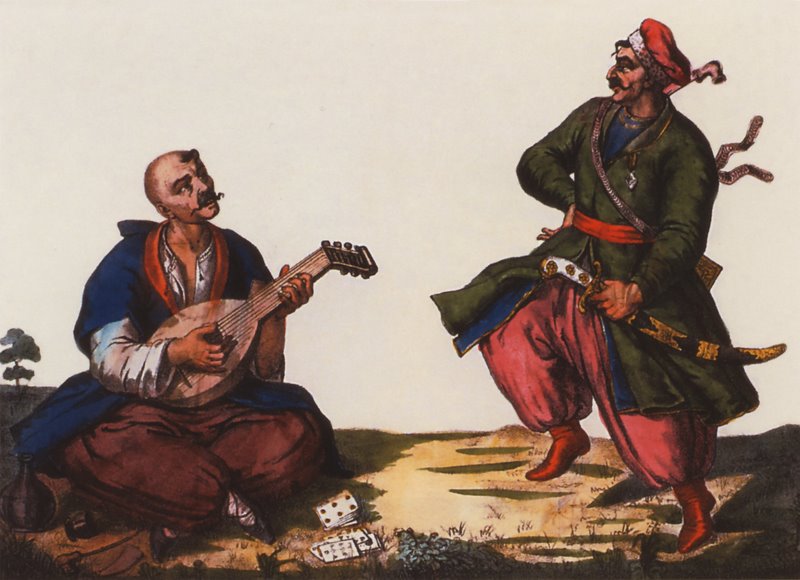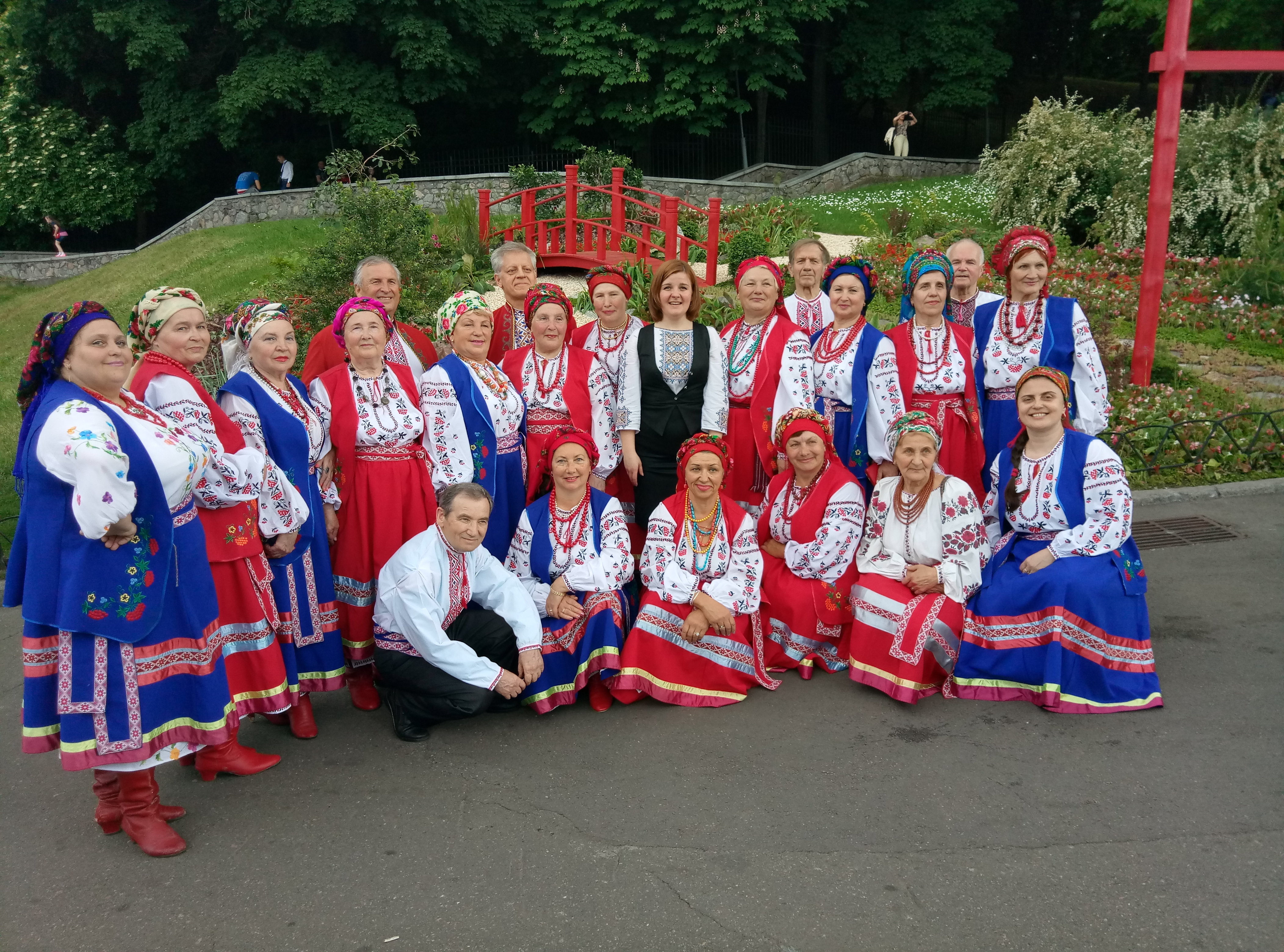|
Sopilka
Sopilka (, uk, Cопiлка) is a name applied to a variety of woodwind instruments of the flute family used by Ukrainian folk instrumentalists. ''Sopilka'' most commonly refers to a fife made of a variety of materials (but traditionally out of wood) and has six to ten finger holes. The term is also used to describe a related set of folk instruments similar to recorder, incorporating a fipple and having a constricted end. Sopilkas are used by a variety of Ukrainian folkloric ensembles recreating the traditional music of the various sub-ethnicities in western Ukraine, most notably that of the Hutsuls of the Carpathian Mountains. Often employing several sopilkas in concert, a skilled performer can mimic a variety of sounds found in nature, including bird-calls and insects. Modern usage With the development of the 10 hole fingering instruments sopilkas became part of the music education system in Ukraine. Pop groups began to use the instrument in their performances. The first ... [...More Info...] [...Related Items...] OR: [Wikipedia] [Google] [Baidu] |
Sopilka "Dvodentsivka" XIX
Sopilka (, uk, Cопiлка) is a name applied to a variety of woodwind instruments of the flute family used by Ukrainian folk instrumentalists. ''Sopilka'' most commonly refers to a fife made of a variety of materials (but traditionally out of wood) and has six to ten finger holes. The term is also used to describe a related set of folk instruments similar to recorder, incorporating a fipple and having a constricted end. Sopilkas are used by a variety of Ukrainian folkloric ensembles recreating the traditional music of the various sub-ethnicities in western Ukraine, most notably that of the Hutsuls of the Carpathian Mountains. Often employing several sopilkas in concert, a skilled performer can mimic a variety of sounds found in nature, including bird-calls and insects. Modern usage With the development of the 10 hole fingering instruments sopilkas became part of the music education system in Ukraine. Pop groups began to use the instrument in their performances. The first ... [...More Info...] [...Related Items...] OR: [Wikipedia] [Google] [Baidu] |
Floyara
The floyara ( uk, Флояра) (Floyarka) is a more perfected form of the sopilka. It is characterized as an open ended notched flute. The floyara is a pipe of approximately a metre in length. One end is sharpened and the breath is broken against one of the sides of the tube at the playing end. Six holes in groups of three are burnt out in the centre of the instrument. It was often played at funerals in the Carpathian mountains. The floyarka is a smaller version of the floyara and is similar to the sopilka and frilka. The floyara is approximately 60 cm (24 in) long. The mouthpiece is sharpened into a cone-like edge and the instrument produces a sound similar to that of the flute. Shepherds were also able to accompany themselves with glutteral humming which produced an ostinato tone or drone. The floyarka is often called a frilka or sometimes zubivka in central Ukraine. The name is rather a contaminant from a Greek-Romanian filiation (more spread is the Slavic sopilka). See als ... [...More Info...] [...Related Items...] OR: [Wikipedia] [Google] [Baidu] |
Frilka
The frilka ( uk, Фрілка) is a more perfected form of the sopilka, a traditional Ukrainian flute. The frilka is a smaller version of the floyarka. The frilka is characterized as an open-ended notched flute. It is a pipe of approximately a 20 cm (8 inches) in length. One end is sharpened and the breath is broken against one of the sides of the tube at the playing end. Six holes (now often 10) in groups of three are burnt out in the center of the instrument. It was often played at funerals in the Carpathian mountains. Shepherds were also able to accompany themselves with glutteral humming which produced an ostinato tone or drone. The frilka is often called a floyarka or sometimes zubivka in central Ukraine. See also *Ukrainian folk music Ukrainian folk music includes a number of varieties of traditional, folkloric, folk-inspired popular music, and folk-inspired European classical music traditions. In the 20th century numerous ethnographic and folkloric musical ... [...More Info...] [...Related Items...] OR: [Wikipedia] [Google] [Baidu] |
Zubivka
The zubivka ( uk, Зубівка, hu, Beregfogaras) also known as a (Skosivka, Skisna Dudka, or Frukanka). The zubivka is considered one of the oldest folk wind instruments in Ukraine and is found primarily in the Carpathian region. It was first described by wandering Arabic scholars in the 11th century. This instrument is very similar to the telenka, only instead of having a fipple, it is played like the sopilka or frilka, by having the breath break against the side of the pipe. This surface is wedge-shaped. The zubivka is usually approximately 60 cm (24 in) long. Related instruments As with many Ukrainian folk instruments played in the Carpathians, the zubivka is also known and played by musicians in other ethnic groups in contact with the Ukrainians. See also *Ukrainian folk music Ukrainian folk music includes a number of varieties of traditional, folkloric, folk-inspired popular music, and folk-inspired European classical music traditions. In the 20th c ... [...More Info...] [...Related Items...] OR: [Wikipedia] [Google] [Baidu] |
Kalush (rap Group)
Kalush (stylised in all caps) is a Ukrainian rap group formed in 2019. The group consists of founder and rapper Oleh Psiuk, multi-instrumentalist Ihor Didenchuk, and breakdancer MC KylymMen (). Didenchuk is also a member of the electro-folk band Go_A, which represented Ukraine in the Eurovision Song Contest 2021. In early 2021, the group launched the side project Kalush Orchestra, with , Vitalii Duzhyk, and Dzhonni Dyvnyy as additional members. Unlike the original line-up, Kalush Orchestra focuses on hip hop blended with folk motifs and elements from Ukrainian traditional music. On 14 May 2022, the group won the Eurovision Song Contest 2022 with 631 points, securing Ukraine's third Eurovision victory with their song "". History Kalush was formed in 2019 by Oleh Psiuk and Ihor Didenchuck, together with Daniil Chernov as MC KylymMen. The group was named after Psiuk's hometown of Kalush, Ivano-Frankivsk Oblast. Their debut single "" () was released in October 2019. Afte ... [...More Info...] [...Related Items...] OR: [Wikipedia] [Google] [Baidu] |
Haydamaky (band)
Haydamaky ( uk, Гайдамаки) is a Ukrainian folk rock band formed in 1991. The music of Haydamaky is inspired by various ethnic music from around the world, especially from various regions of Ukraine, such as Polesia, Bukovina, and Transcarpathia. Other influences include the Romanian folklore, punk music sound of Shane MacGowan and by the reggae of such bands like Burning Spear and Black Uhuru. The name refers to haidamakas, 18th century Ukrainian paramilitary and rebels. History The Haydamaky began their career in 1991, shortly after Ukraine declared its independence from the Soviet Union. Then the band was known as Aktus, and played mostly local gigs in the underground Kyiv music scene. Without a fertile, popular local music scene, Aktus turned to the sounds of reggae, ska, and punk music for a fresh alternative. Members of the band were also attracted to the political impact that these genres had on their society. The idea was that through music significant soci ... [...More Info...] [...Related Items...] OR: [Wikipedia] [Google] [Baidu] |
Hutsuls
The Hutsuls (sometimes the spelling variant: Gutsuls; uk, Гуцули, translit=Hutsuly; pl, Huculi, Hucułowie; ro, huțuli) are an ethnic group spanning parts of western Ukraine and Romania (i.e. parts of Bukovina and Maramureș). They have often been officially and administratively designated as a subgroup of Ukrainians and are largely regarded as constituting a broader Ukrainian ethnic group. Etymology The origin of the name ''Hutsul'' is uncertain. The most common derivations are from the Romanian word for "outlaw" (cf. Rom. ''hoț''–"thief", ''hoțul''–"the thief"), and the Slavic ''kochul'' (Ukr. ''kochovyk''–"nomad") which is a reference to the semi-nomadic shepherd lifestyle or the inhabitants who fled into the mountains after the Mongol invasion. Other proposed derivations include from the Turkic tribe of the Utsians or Uzians, and even to the name of the Moravian Grand Duke Hetsyla, among others. As the name is first attested in 1816, it is considered ... [...More Info...] [...Related Items...] OR: [Wikipedia] [Google] [Baidu] |
Aerophone
An aerophone () is a musical instrument that produces sound primarily by causing a body of air to vibrate, without the use of strings or membranes (which are respectively chordophones and membranophones), and without the vibration of the instrument itself adding considerably to the sound (or idiophones). According to Sachs, These may be lips, a mechanical reed, or a sharp edge. Also, an aerophone may be excited by percussive acts, such as the slapping of the keys of a flute or of any other woodwing. A free aerophone lacks the enclosed column of air yet, "cause a series of condensations and rarefications by various means." Overview Aerophones are one of the four main classes of instruments in the original Hornbostel–Sachs system of musical instrument classification, which further classifies aerophones by whether or not the vibrating air is contained within the instrument. The first class (41) includes instruments which, when played, do ''not'' contain the vibrating air. T ... [...More Info...] [...Related Items...] OR: [Wikipedia] [Google] [Baidu] |
Kobza
The kobza ( uk , кобза), also called bandurka ( uk , бандурка) is a Ukrainian folk music instrument of the lute family ( Hornbostel-Sachs classification number 321.321-5+6), a relative of the Central European mandora. The term ''kobza'' however, has also been applied to a number of other Eastern European instruments distinct from the Ukrainian kobza. Construction The Ukrainian kobza was a traditionally gut-strung, lute-like stringed musical instrument with a body hewn from a single block of wood. Instruments with a staved assembly also exist. The kobza has a medium-length neck which may or may not have tied-on frets, which were usually made of gut. It was single-strung (sometimes also double-strung) and the strings were played with fingertips or occasionally with a plectrum threaded through a ring placed on the middle finger. History The term kobza is of Turkic origin and is related to the terms kobyz and komuz, thought to have been introduced into the Ukrainian ... [...More Info...] [...Related Items...] OR: [Wikipedia] [Google] [Baidu] |
Naukova Dumka
Naukova Dumka ( uk, Наукова Думка — literally "scientific thought") is a publishing house in Kyiv, Ukraine. It was established by the National Academy of Sciences of Ukraine in 1922, largely owing to the efforts of Ahatanhel Krymsky, a prominent Ukrainian linguist and orientalist. It is one of the oldest scientific and academic publishing houses in the former Soviet Union and became known as ''Naukova Dumka'' in 1964, before which it simply functioned as the official publisher of the National Academy of Sciences of Ukraine. It continues its operations in Ukraine, publishing primarily scientific and historical works as well as dictionaries. See also *List of publishing companies of Ukraine This is a list of publishing companies in Ukraine. List {{DEFAULTSORT:Publishing companies of Ukraine Ukraine Ukraine ( uk, Україна, Ukraïna, ) is a country in Eastern Europe. It is the second-largest European country after R ... References History of ... [...More Info...] [...Related Items...] OR: [Wikipedia] [Google] [Baidu] |
Ukrainian Folk Music
Ukrainian folk music includes a number of varieties of traditional, folkloric, folk-inspired popular music, and folk-inspired European classical music traditions. In the 20th century numerous ethnographic and folkloric musical ensembles were established in Ukraine and gained popularity. During the Soviet era, music was a controlled commodity and was used as a tool for the indoctrination of the population. As a result, the repertoire of Ukrainian folk music performers and ensembles was controlled and restricted. Vocal music Authentic folk singing Ukrainians, particularly in Eastern Ukraine have fostered a peculiar style of singing – The White voice ( uk, Білий голос). This type of singing primarily exploits the chest register and is akin to controlled yelling or shouting. The vocal range is restrictive and in a lower tessitura. In recent times vocal courses have been established to study this particular form of singing. Among the most popular exponents of trad ... [...More Info...] [...Related Items...] OR: [Wikipedia] [Google] [Baidu] |
Go A
Go_A ( uk, Ґоу_Ей) is a Ukrainian electro-folk band first formed in 2012 who were set to represent Ukraine in the Eurovision Song Contest 2020 in Rotterdam, Netherlands, with the song " Solovey". Following the cancellation of the 2020 contest due to the COVID-19 pandemic, the band represented the country in 2021, this time with " Shum", with which they placed fifth in the final. History The idea to form a band that would combine modern electronic music with ethnic motifs first came to Taras Shevchenko in 2011, but the first attempts to work with actual musicians took place in 2012. At the end of that year, in December, the first song "Koliada" (Коляда) was released. The band's name means "return to the roots" and was made by combining the English word "Go" with the Greek letter "Alpha", which symbolizes the beginning of everything. The band first gained attention after the release of the single "Vesnianka" (Веснянка), which won the national competition The ... [...More Info...] [...Related Items...] OR: [Wikipedia] [Google] [Baidu] |





